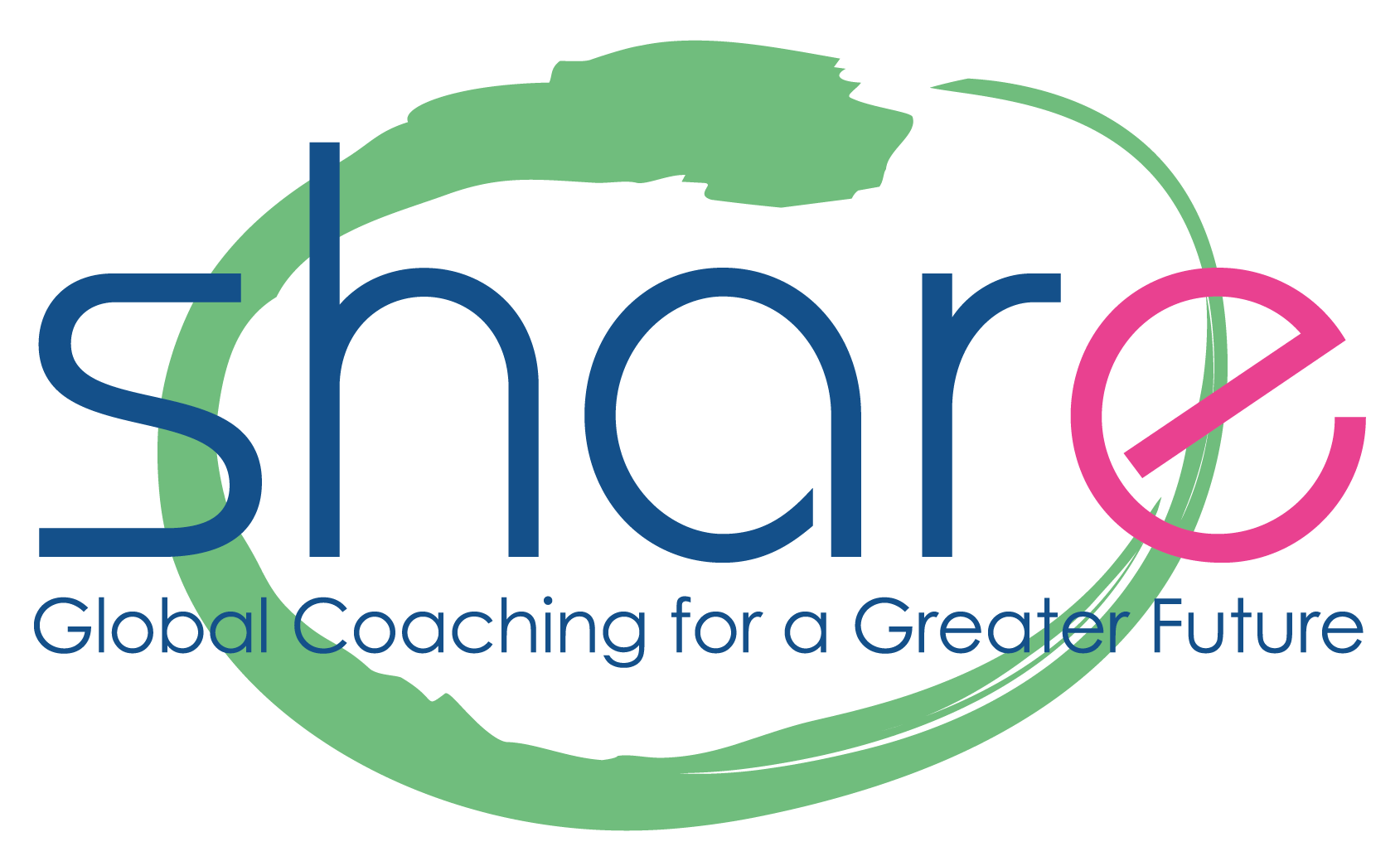We resist change …even when we want to change!
I recently read a book which clearly describes a coaching path both for individuals and teams which leads to in-depth changes. When we speak about change we must also speak about resistance to change.
We have all been faced with this problem: we KNOW which traits of our behavior we should change, yet, when the time comes to adopt the desired behavior, nothing happens. Sometimes we manage to attain a temporary change, but then “what’s bred in the bone comes out in the flesh”.
On a collective level, we are faced with the same problem: when a team shares its problems, everybody agrees to improve partaking, cooperation and courage, but in fact nothing really happens and co-workers suffer from this inertia.
The question is: if our brain SEES change as necessary, why can’t we carry it out?
The title of the book I mentioned is “Immunity to change” (Robert Keagan & Lisa Laskow Lahey). It perfectly describes this twofold process: mentally we hasten to bring about change, but in our heart of hearts and in our behavior, we pull the hand brake.
This is why we often waste our energy on a change that SHOULD be implemented, but which never occurs. We actually go around and around in circles, generating feelings of frustration and helplessness.
The principles of “Immunity to change”
“Immunity to change” describes a process of individual and team change based on the following principles:
- Change will not be attained simply by working on behavior; we must act on states of mind, explore the workings of our “black box”. On a team level, in order to go beyond a simple analysis, we must dig into covert messages and collective beliefs.
- If change does not take place, we can always find a good reason to explain our resistance. By highlighting the “good reason” and the “black box”, we can gain the awareness necessary to reassess our resistance in relation to our present situation and, most important, to the changes we want to bring about.
- This highlighting process implies a logical sequence of steps that can neither be compressed nor ignored since each step has a self-sustaining logic of its own. Only by delving deeply into our inner self can we look at ourselves with lucidity and decide to what extent we want to change.
On a team level an initial in-depth work should be accomplished preferably after completing individual work on each member of the team.
The steps of individual and team work
To give you an idea of the entire process we shall briefly describe its different steps.
1/ In the first place you have to choose the kind of behavior that you want to change. This choice is not inconsequential because it concerns THE kind of behavior that truly reflects the need to progress at a certain stage of our life. We all go through periods in our life where we realize that a certain kind of behavior that has worked well for a while is no longer working in a new and different situation. A typical case concerns, for instance, delegating when we move on to a managerial position or “navigating” within company policy when we move on to an executive position.
The desired change must also entail a deep personal evolution and should make a difference not only on an individual level but also where the team and/or the company are concerned.
A good tool to clear up ideas on our behavior could be a 180° or 360° questionnaire or an investigation among relations and colleagues.
On a team level, the kind of behavior that might require change could entail, for example, the creation of conditions aimed at improving cooperation and sharing with other company teams.
2/ It is subsequently necessary to make a list of the kinds of behavior that individuals or teams actually adopt and that go against the goal mentioned in step 1. This list should unequivocally indicate everything that we do or don’t do in lieu of the desired behavior. Note that at this point it is useless and counterproductive to explain the reasons why we act as we do. It is also important to notice the visible behavior rather than our emotions or state of mind. Some examples of the behavior opposed to delegating could be: a/I won’t ask the members of our team to do the work for me; b/I won’t say “no”; c/I come home from work late in the evening and work long hours; d/I won’t take time to explain to my team what or why I do certain things; e/when I explain what they should do, I don’t give them all the information (because I am in a hurry) and consequently they don’t do the job as I would like them to; f/….
3/ Here comes the most complex stage, the very heart of our resistance to change, i.e. a clear spelling out of our commitments to ourselves that stand against the objectives described in 1/.
If we don’t change, it means that we have an emotional “hand brake”, a fear that makes the non-change seem reasonable. At this stage, it is necessary to bring to the fore this emotional hand brake. It is the trickiest stage of the process; it may require some time for some of us and may trigger strong emotions. For instance, in the non-delegating process, the commitments towards ourselves could be: a/I am committed to manage by myself whatever the cost; b/I am committed not to depend on my team or anybody else; c/ I am committed to be perfect and irreproachable, including where my team’s work is concerned.
I have noticed that, once these commitments have been highlighted, tensions loosen up. In fact, the awareness of these constraints enable the individual (as well as team members) to better accept him/themselves and open up to new kinds of behavior.
Christophe André writes in one of his books: ”we cannot flee a place we have never visited”. This is absolutely true: before changing, we have to make an in-depth exploration of ourselves in order to better accept our weaknesses, face them and find solutions to change. Shortcuts to this process will only result in a temporary change in which, as soon as we face the first difficulty, “what’s bred in the bone comes out in the flesh”.
4/ Finally, the conclusion of our exploratory work is the analysis of our beliefs, a logical support of stage 3. Beliefs are ideas, assumptions that we ALWAYS believe to be unequivocally true. They are a sort of lens through which we look at the world and which conditions our way of being. For instance, where refusal to delegate is concerned, our beliefs could be: a/If I depend on others, I am no longer worthy of respect; b/If I don’t work rapidly, the company will consider me worthless; c/Others don’t work as well as I do; d/If I listen to other people’s ideas, I must necessarily adopt their way of doing things, which will differ from mine, since they have no experience…and so forth.
Finally, a wind of renewal
Once this work has been accomplished, it is possible to build a plan of action that will enable us to define and adopt different kinds of behavior. Yet this stage should be approached with care. In order to gradually get used to our new behavior, we should start with types of behavior entailing moderate risks, causing some, but not too much, discomfort. When delegating, for instance, it is advisable to assign tasks that involve minor issues, preferably to a person we trust. This first step also entails an accurate examination of the following: a/our feelings as we adopt the new type of behavior; b/our feelings after the actual implementation; c/the practical consequences of this new type of behavior; d/ the consequences resulting from other people’s perception.
The more we underscore our observations, the more we realize that our beliefs described in step 4 are not ALWAYS true. We start by having a nuanced approach, which means that we become more supple, more open to new experiences. This triggers a virtuous circle leading to lasting change.
This method of implementing change is, in my opinion, one of the most successful since it has an in-depth impact and leads us towards a better knowledge and acceptance of ourselves while at the same time instilling the self-confidence necessary for self-renewal. If you want to explore the subject further, I suggest that you either read the book or contact me: anna.gallotti@share-coach.com



